You can achieve foolproof biometric liveness detection in wearables by implementing multi-modal security that combines passive detection methods with AI-powered authentication. Your smartwatch should analyze continuous biometric signals like heart rate, ECG patterns, and body temperature rather than relying on single-point fingerprint or facial scans that criminals easily spoof with deepfakes. Advanced systems use fusion algorithms to cross-validate multiple data streams, making spoofing nearly impossible. Discover how these cutting-edge technologies transform your device’s security capabilities.
Understanding Biometric Spoof Prevention in Wearable Devices
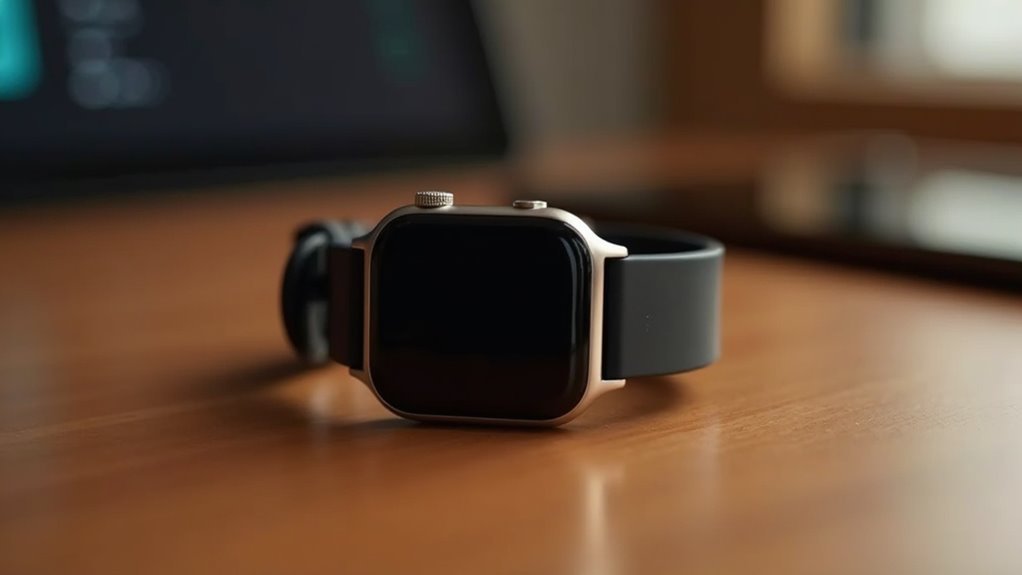
Every day, millions of people rely on wearable devices to authenticate their identities through biometric data, yet these same devices face sophisticated spoofing attacks that can compromise personal security.
You’re vulnerable to various spoofing techniques including fake fingerprints, deepfake facial scans, manipulated voice recordings, and print spoofing that can bypass your device’s authentication systems. These attacks exploit the fundamental weakness that traditional biometric systems can’t distinguish between real, live biometric data and sophisticated replicas.
Understanding these threats is essential because attackers continuously develop new methods to deceive your wearable’s security. Modern liveness detection methods include active approaches requiring user interaction and passive approaches that conduct background checks without user involvement.
Deepfakes have become particularly concerning for face recognition, while voice recordings can mimic your speech patterns. Without proper spoof prevention, your personal data, financial information, and digital identity remain exposed to unauthorized access through compromised biometric authentication.
Active Vs Passive Liveness Detection Technologies for Smartwatches
When your smartwatch verifies your identity, it’s using either active or passive liveness detection technology—two fundamentally different approaches that directly impact both your security and daily user experience.
Active liveness detection requires you to perform specific actions like blinking or nodding. While it’s robust against spoofing attacks and 3D masks, you’ll find it cumbersome and time-consuming. The abandonment rates reach up to 50% due to user frustration with these unnatural movements.
Passive liveness detection works seamlessly in the background, analyzing your natural biometric signals without interrupting your workflow. You’ll experience faster, smoother authentication that’s more accurate and less intrusive.
It’s particularly effective against deepfakes and integrates well with smartwatch multi-modal biometric systems, making it ideal for wearable applications. Advanced wearable systems can incorporate heartbeat detection as an additional layer of biometric verification alongside traditional authentication methods.
AI-Powered Authentication Methods in Modern Fitness Trackers
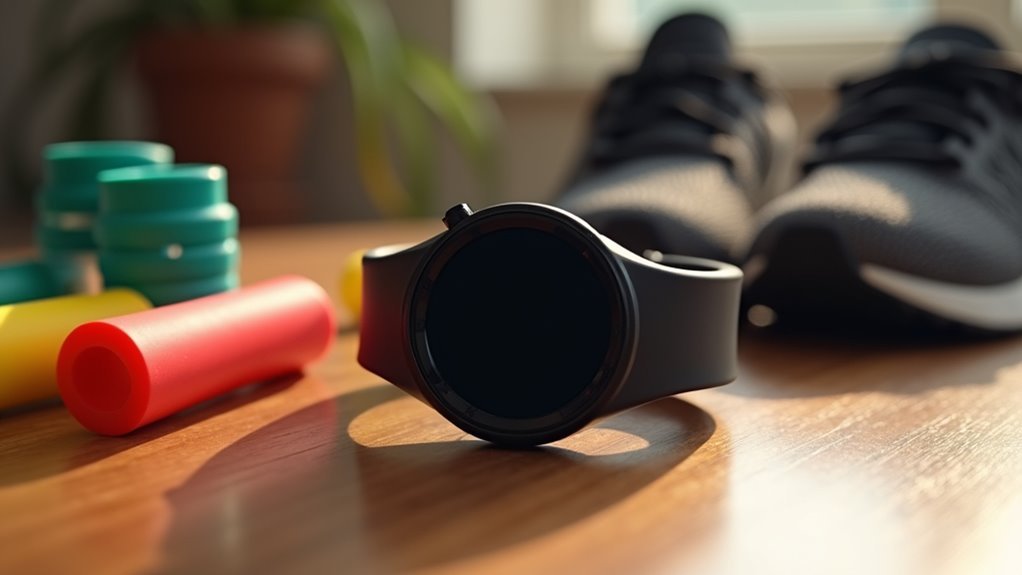
Modern fitness trackers have evolved beyond simple step counting to become sophisticated authentication devices powered by artificial intelligence. You’ll find these wearables analyzing your heart rate, ECG patterns, and body temperature in real-time to verify your identity continuously.
Machine learning algorithms study your unique behavioral patterns—how you move, type, and interact with devices—creating a personalized biometric profile that’s nearly impossible to replicate.
Advanced AI creates an unbreakable digital fingerprint by learning your distinct movement patterns and device interactions.
Your tracker’s multimodal authentication combines several biometric factors simultaneously, enhancing security against spoofing attempts. AI adapts to your daily context, whether you’re sleeping, exercising, or resting, providing seamless access without manual logins.
This continuous verification protects your sensitive health data while enabling automatic device locking and release, making authentication both more secure and convenient than traditional password systems. Advanced wearables can track HRV patterns and muscle recovery metrics to further enhance the accuracy of biometric authentication.
Overcoming Deepfake Threats in Wearable Biometric Systems
As deepfake technology becomes increasingly sophisticated, your wearable’s biometric authentication systems face unprecedented threats that traditional security measures weren’t designed to handle. Criminals can now create convincing synthetic versions of your face and voice using AI, potentially bypassing standard liveness checks on your fitness tracker or smartwatch.
Recent security incidents have revealed sophisticated malware like GoldPickaxe.iOS specifically designed to steal facial recognition data from mobile devices, highlighting the urgent need for enhanced protection on wearable platforms.
| Deepfake Vulnerability | Advanced Protection Method |
|---|---|
| Synthetic facial images | 3D face mapping with depth sensors |
| Voice cloning attacks | Pulse detection during speech |
| AI-generated videos | Micro-expression analysis |
| Behavioral mimicking | Multi-layered biometric fusion |
| Presentation spoofs | Hardware-based infrared detection |
Your device needs multi-layered security combining active and passive liveness detection. Modern solutions integrate AI-driven anomaly detection with hardware sensors that verify real human presence through heart rate variability and infrared signatures, making deepfake attacks considerably harder to execute successfully.
Multi-Modal Security Implementation for Next-Generation Smart Devices

Building on robust deepfake defenses, your next-generation wearable requires an extensive multi-modal security framework that goes beyond single-point authentication.
You’ll leverage multiple biometric traits simultaneously—ECG, multispectral photoplethysmogram, accelerometer data, and PPG signals—all collected through your smartwatch or wristband.
This approach dramatically reduces spoofing risks while maintaining seamless user experience. You’re getting contact-based sensors that are inherently harder to fake than image-based biometrics, plus fusion algorithms that cross-validate data streams for enhanced accuracy.
Your device handles everything from gaining access to smartphones to securing payments and controlling smart home environments.
The low-power, cost-effective sensors guarantee practical deployment while sophisticated signal processing delivers rapid authentication. You’ll benefit from reduced false positives and negatives through intelligent data correlation across multiple biometric channels.
Optimal sensor combinations like ECG, PPG, and GSR can achieve exceptional performance with minimal training data requirements.
Frequently Asked Questions
How Much Does Implementing Biometric Liveness Detection Increase Wearable Device Costs?
You’ll face significant cost increases when implementing biometric liveness detection in wearables. Advanced sensors, complex algorithms, extensive testing, and cybersecurity measures can substantially raise device prices, potentially impacting consumer adoption rates.
What Privacy Regulations Apply to Biometric Data Collection in Wearables?
You’ll face HIPAA consent requirements, FTC Safeguard Rules mandating encryption, state laws like Illinois BIPA requiring explicit consent, and California’s CCPA granting deletion rights when collecting biometric data from wearables.
Can Biometric Liveness Detection Work Offline Without Internet Connectivity?
You can absolutely run biometric liveness detection offline on wearables. Embedded algorithms and on-device neural networks analyze facial features, fingerprints, or heartbeat patterns locally, eliminating internet dependency while maintaining security.
How Long Do Wearable Devices Store Biometric Authentication Data?
Your wearable device’s biometric authentication data storage duration varies by manufacturer policies and settings. You’ll typically find data retained from days to years, depending on device capacity, legal compliance requirements, and your personal privacy preferences.
What Happens if Biometric Sensors Fail During Critical Authentication Processes?
You’ll face immediate access denial and system lockouts when biometric sensors fail. Your authentication process halts completely, creating security vulnerabilities while backup methods like PINs or passwords must activate to restore access.
In Summary
You’ll need to implement multi-layered biometric security that combines active and passive liveness detection to protect your wearable devices from sophisticated spoofing attempts. Don’t rely on single-factor authentication when deepfakes and synthetic media pose real threats. Instead, you should integrate AI-powered multi-modal systems that analyze multiple biometric indicators simultaneously. Your device’s security depends on staying ahead of evolving attack methods through continuous authentication and adaptive machine learning algorithms that detect anomalies in real-time.

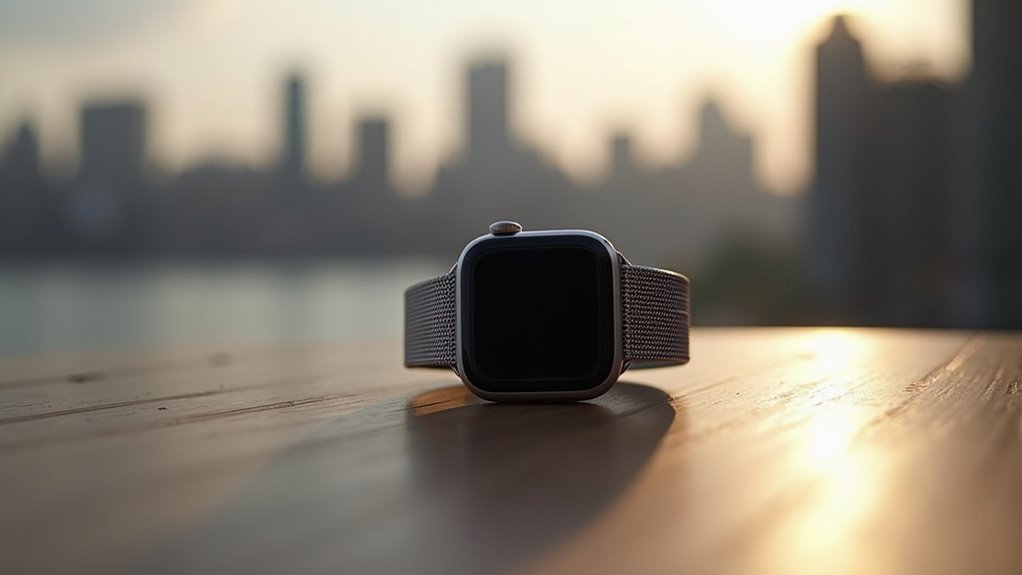
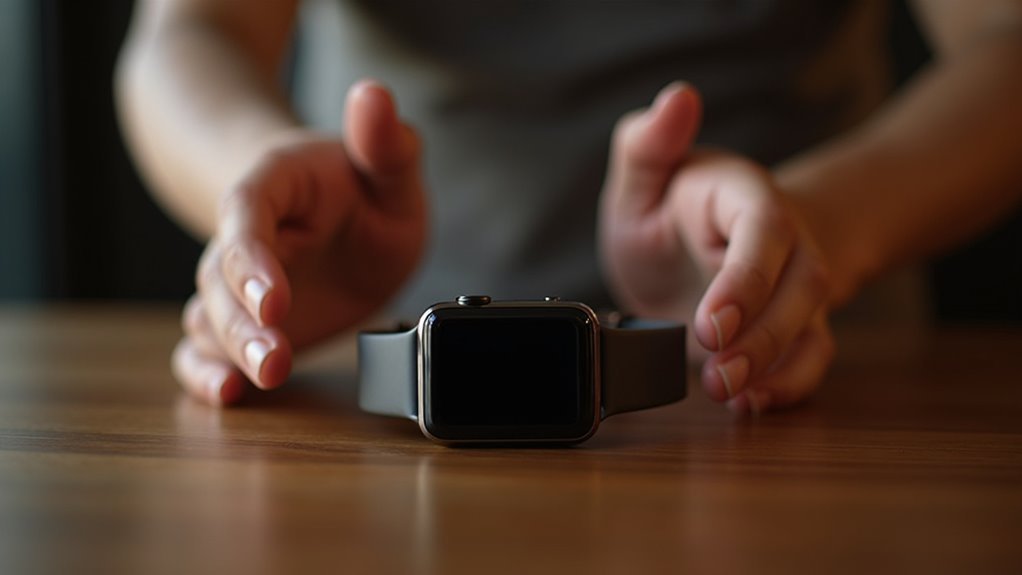
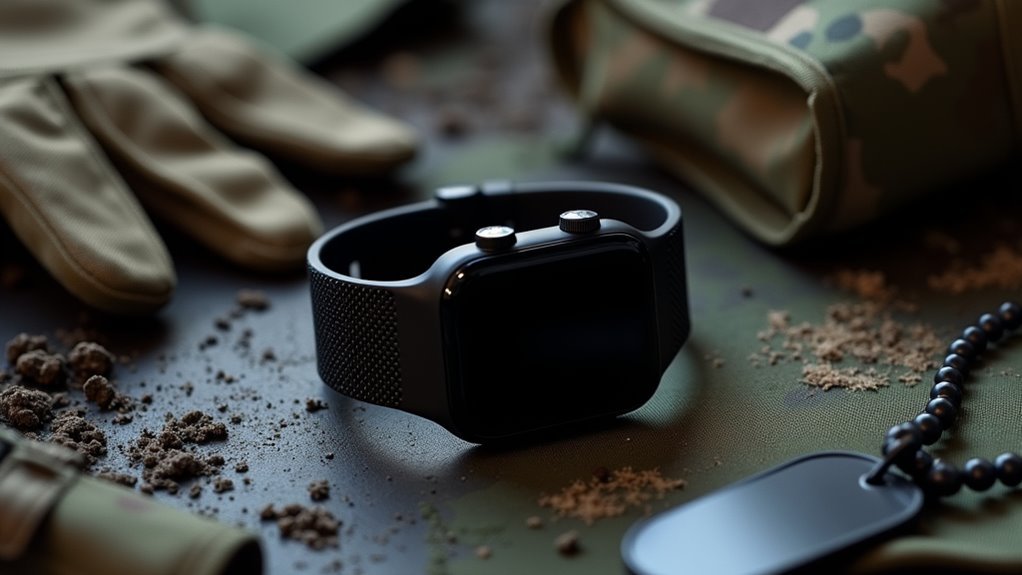
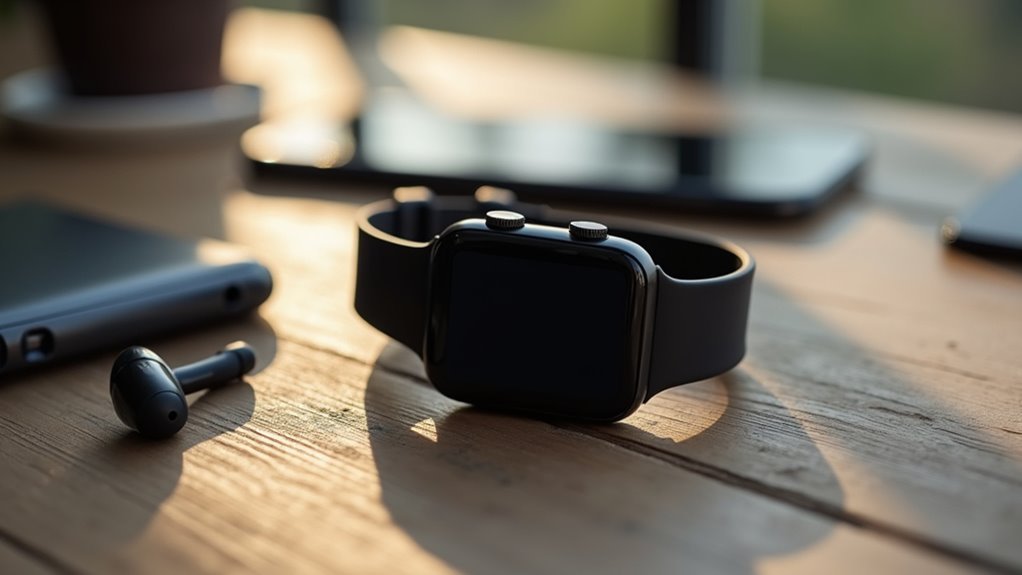
Leave a Reply